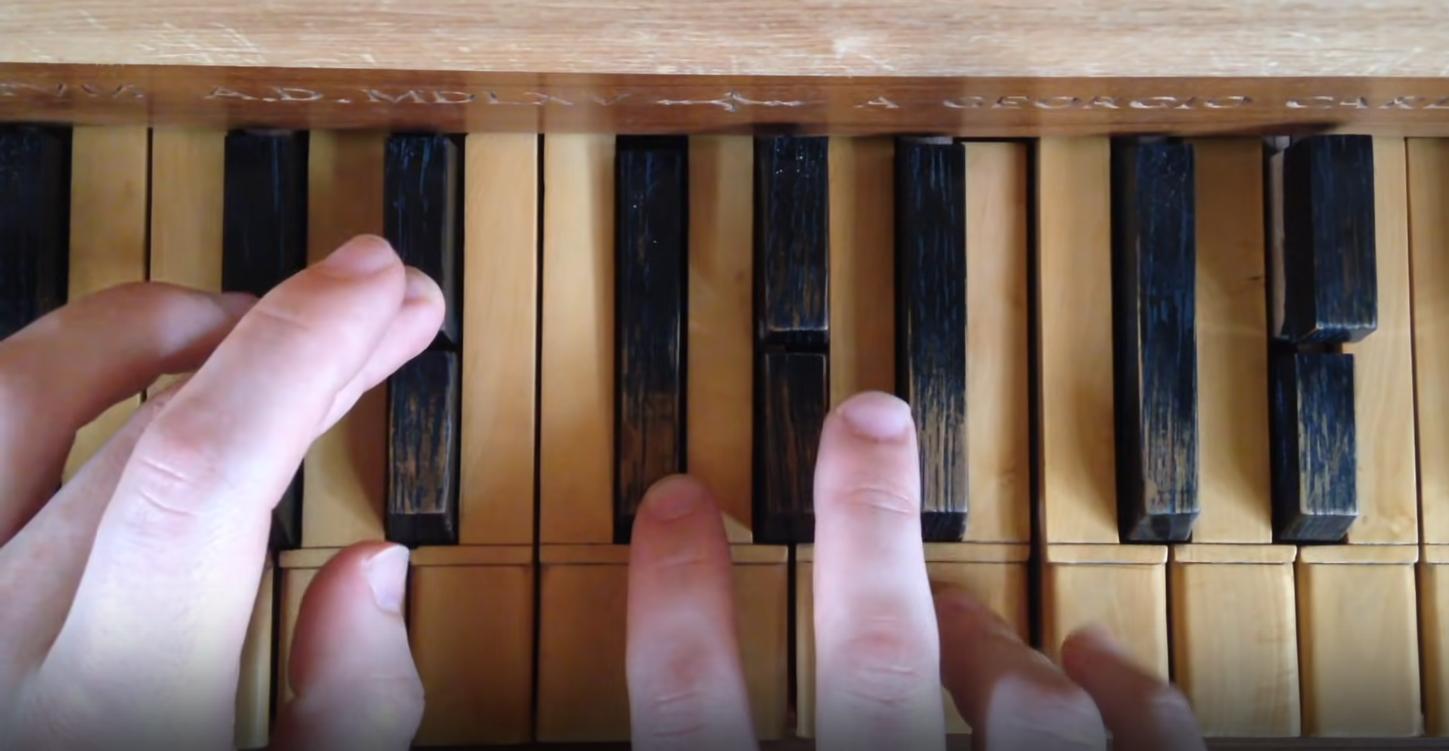Why are D-sharp and E-flat considered to be two different notes (Ethan Hein)

(…) In this post, I’ll be talking about the [note] between D and E. You could think of it as a raised D, in which case it’s called D-sharp. You could also think of it as a lowered E, in which case it’s called E-flat. Guitars don’t have black and white keys, so when I was a feral self-taught musician, I just thought of that note as the eleventh fret on the E string, the sixth fret on the A string, the first fret on the D string, etc. I pretty much always called it E-flat, regardless of context. I have since learned to use the correct name depending on context, but it still feels arbitrary sometimes, especially outside of diatonicism. If you are in B major, the note is supposed to be called D-sharp, and if you are in B-flat major, the note is supposed to be called E-flat. But what if you’re in A blues? How are you supposed to spell it then? And what difference does it make anyway?
The usual answer is that you are only supposed to use each letter name once in any given scale. All major scales are considered to be based on C major, and you are supposed to preserve the white keys’ names, modified by accidentals as needed. So for example, you spell the B major scale like so: B, C-sharp, D-sharp, E, F-sharp, G-sharp, A-sharp. If you were to spell it as B, D-flat, E-flat, E, G-flat, A-flat, B-flat, it would sound exactly the same, but it would be harder to read, and you would lose points on your music theory exam.
Maybe spelling B major using flats instead of sharps is hard to read in notation, but what musical difference does it make? In the present day, the answer is, none whatsoever. Five hundred years ago, however, it would have made a very big difference. Before the advent of temperament systems, D-sharp and E-flat were two different notes. They weren’t just written differently; they sounded different. (…)

See also the Twelve-tone equal temperament that has become the predominant tuning system of Western music: https://en.wikipedia.org/wiki/12_equal_temperament
See also this Strandberg guitar with "True temperament" frets


See also the so-called "Hermode tuning", a program that replaces the poor static tuning models of key instruments and virtual computer instruments by a richer self-adjusting dynamic tuning which is a customary practice for qualified ensembles with string and wind instruments and for singers at well-educated choirs.


HN discussion https://news.ycombinator.com/item?id=32626218

